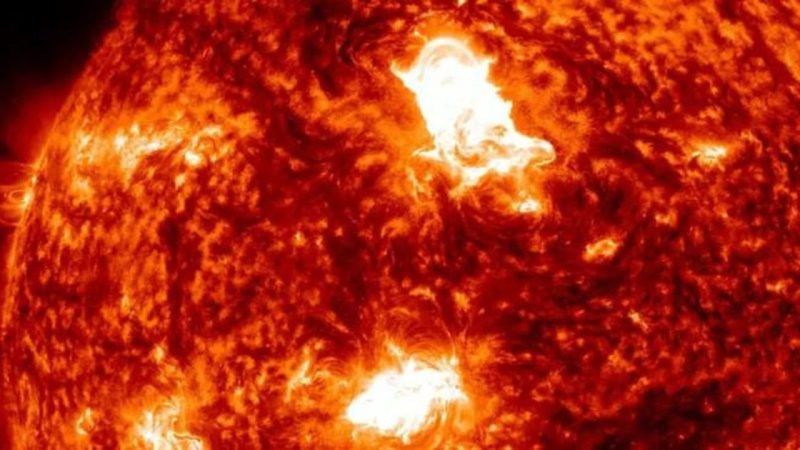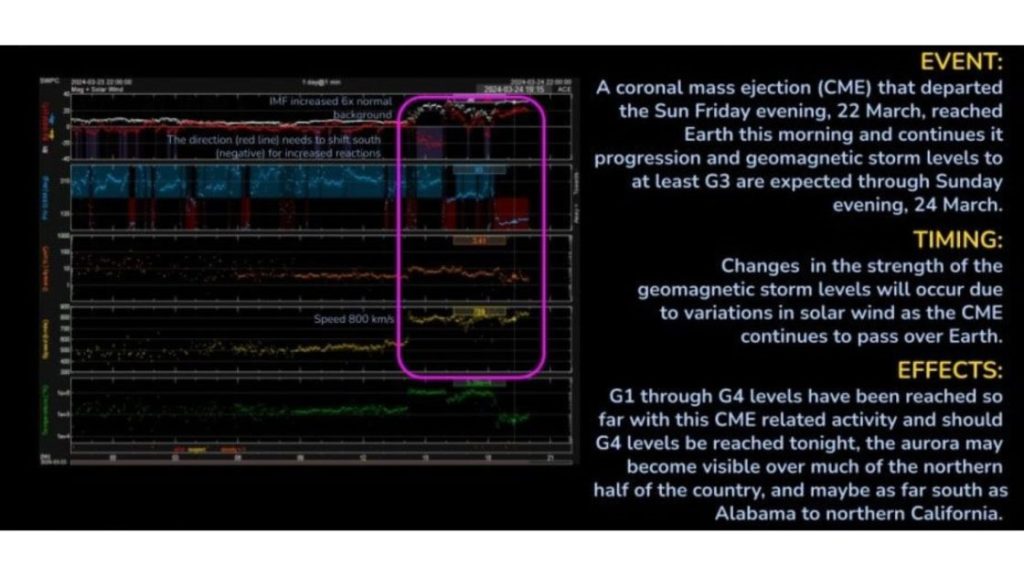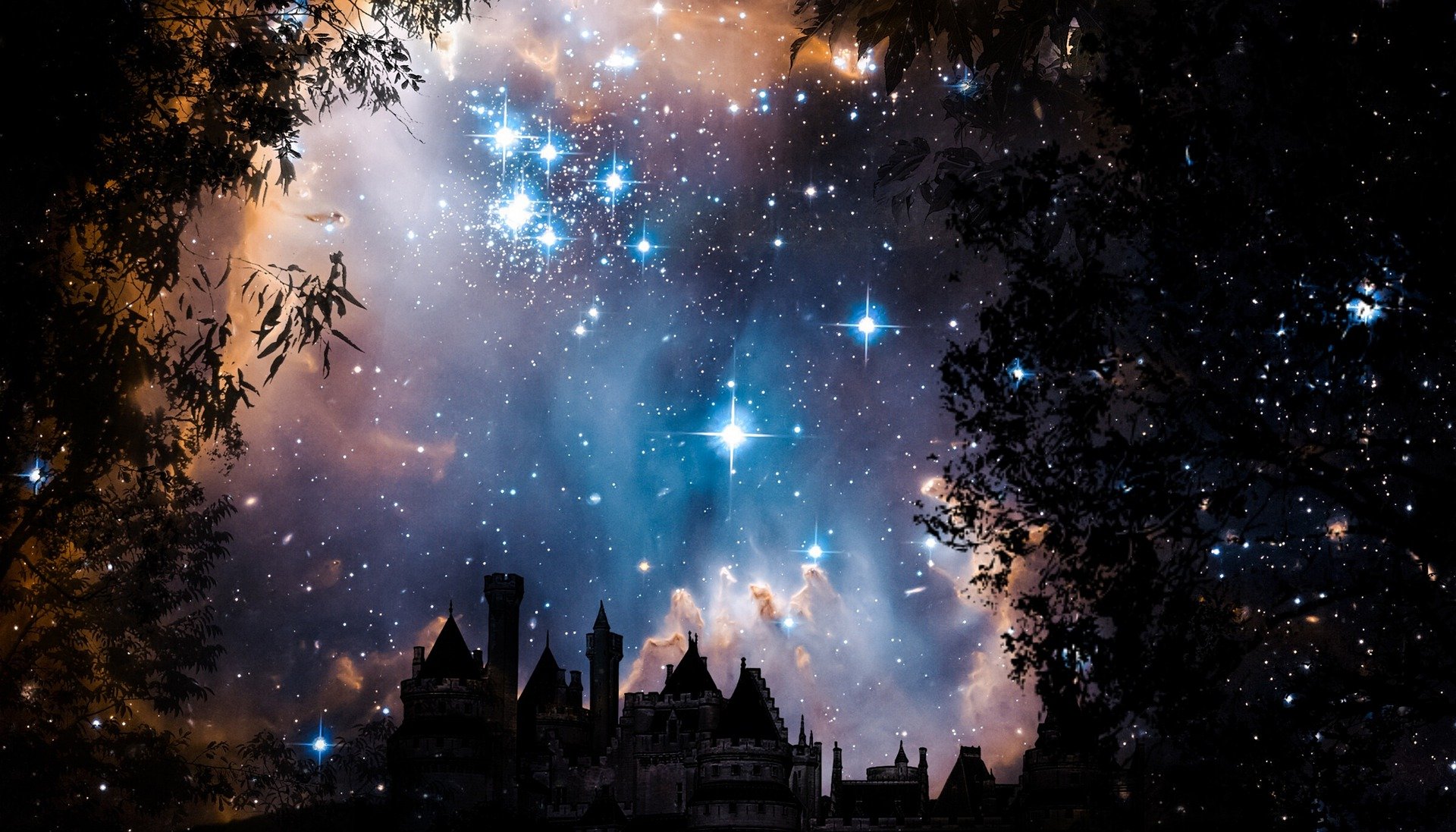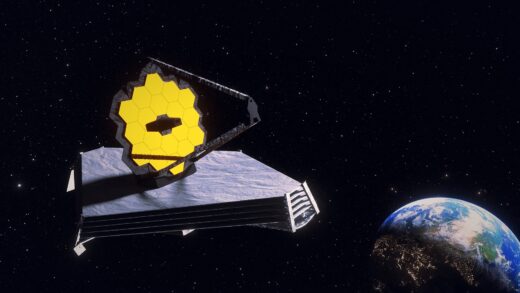Most powerful solar storm since 2017 hits earth

One of the most powerful solar storms in known history hit the Earth on Sunday. The sun erupted with a powerful X-class solar flare, sending a surge of super-heated plasma towards our planet in what scientists call a coronal mass ejection.
This burst reached Earth at 10:37 a.m. EDT (1437 GMT) on March 24, sparking a significant G4-class geomagnetic storm, the strongest observed since 2017. Geomagnetic storms, sometimes termed solar storms, disrupt Earth’s magnetic field due to large discharges of plasma and magnetic fields from the sun’s atmosphere, manifesting as CMEs.
Ranked on a scale by the U.S. National Oceanic and Atmospheric Administration, geomagnetic storms range from G1 to G5, with G5 being the most extreme. These storms can lead to phenomena like auroras, with NOAA issuing alerts accordingly. Despite forecasts suggesting sightings of the northern lights as far south as Alabama to northern California, circumstances didn’t align as expected.

The timing of the CME’s arrival, coupled with Earth’s magnetic field orientation, played a crucial role. Solar physicist Tamitha Skov raised doubts about the storm’s potential impact.
“Might this be a #solarstorm fizzle?” Skov posted last night (March 24) on X. “Although this storm will continue for hours yet, whether it will contain southward magnetic field is the key for big #aurora shows,” Skov said.
When solar particles interact with Earth’s atmosphere, they are guided towards the poles by the planet’s magnetic field, creating the mesmerizing auroras. Unfortunately for enthusiasts across Europe and North America, much of the anticipated auroral activity was obscured by daylight upon the CME’s arrival. By the time darkness fell, the Earth’s magnetic field moved remarkably towards the north, which affected the display of the auroras.
This northward shift, often indicated by the Bz parameter, affects the interaction between the solar wind and Earth’s magnetosphere. A southward Bz facilitates aurora-fueling particle entry into our atmosphere, similar to an “open door,” whereas a northward Bz restricts such entry, resembling a “closed door.” While auroras can still occur during northward Bz, they typically lack the dramatic flair associated with southward Bz occurrences.


